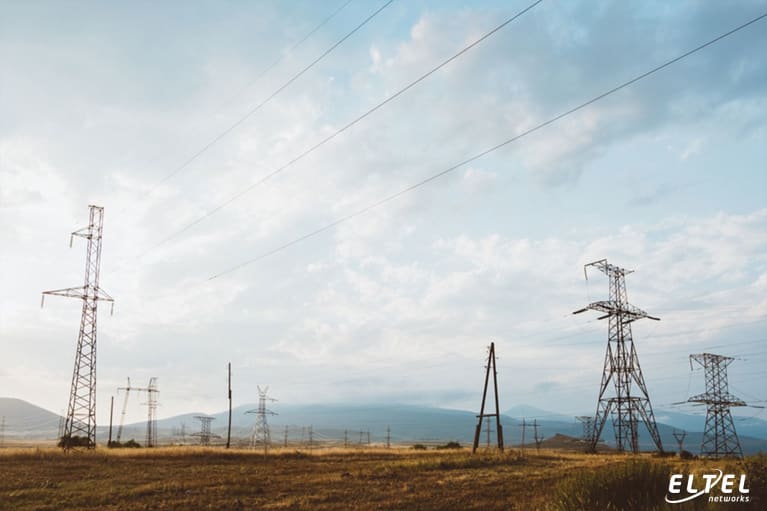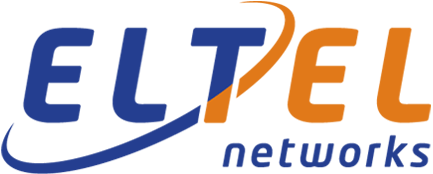
Overhead line components
Transmission lines are the basic element of the power grid. One of their types is an overhead power line. This is the most common type of transmission lines in Poland. What are the components of an overhead power line?
Overhead power line - basic information
Simply put, an overhead power line is a line in which electrical wires run above ground level. This distinguishes it from a cable line, in which the cables are placed underground. We deal with overhead lines every day - they are a permanent part of the landscape, and their most characteristic element are high-voltage line poles, i.e. high, lattice or pile structures made of steel. Poles in particular types of lines (LV, MV or HV overhead lines) are supporting structures to which work conductors are attached using insulator chains. Overhead power lines included in the distribution grid are the basic components of supplying electricity to individual and industrial customers.
Overhead line components
Overhead lines are made up of various components:
- electrical cables
- insulators
- poles (supporting structures)
- overhead line equipment
Electrical cables used in overhead power lines must meet the norms and standards specified by law. Most often, they have a core made of steel wires and a conductive layer of aluminium. Bare aluminium conductors are used in basic overhead LV lines. There are also insulated cables - they occur most often when the line has been modernized and the cables replaced.
Insulator chains (insulators with accessories) are used, among others, for attaching electric cables to poles. In addition, they function as a separation between active electrical conductors and the conductive parts of supporting structures, and also support live electrical equipment components. They are made of non-conductive materials, such as ceramics, glass or polymers. In the case of high and highest voltage lines (with a voltage of 110 kV or higher), lightning conductors are used to protect the line against the effects of lightning discharges.
Poles and towers (supporting structures) are the basic parts of overhead power lines. We can distinguish through poles and strong poles - depending on their function. In the case of pass-through electrical cables, electrical cables are suspended on them without being cut, and the load on such a pole results from the weight of the suspended cables. In the case of strong poles, their distinguishing feature is their ability to carry the load from the tension of cables. At the beginning and end of the line the so-called end poles that have additional construction components.

Overhead power line equipment
The overhead line equipment includes parts for mounting linear insulators, such as through or guy holders, clamps, connectors or hangers used to connect wires, and protective components, such as rings or horns. For identification and warning purposes, various types of plates are also mounted on the pole structures, specifying, for example, the line number, line relationship, position number, as well as informing about the risk of electric shock.
Construction of overhead power lines
The construction of overhead power lines should be preceded by appropriate preparation. At the design stage it is necessary, among others, to: designation of specific capacity and characteristics of the network. We are talking about such aspects as the number of wires, the distance between the poles, the type of insulators used, etc. Due to the complexity of the power line design process, it is worth using the knowledge and experience of proven partners - power line designers from Eltel Networks.
The next step, after preparing the project, is its implementation, i.e. the construction of an overhead power line. It should be preceded by obtaining the required formal and legal documentation and appropriate preparation of the area. Then, access roads are built and pole foundations are made, in accordance with the design documentation. Then the individual parts of the line, described above, are assembled. After construction is completed, we must not forget about the need to maintain and after a certain period of time, modernize the overhead line. Only professional service and professionally carried out repairs will ensure the safe operation of the power line.
